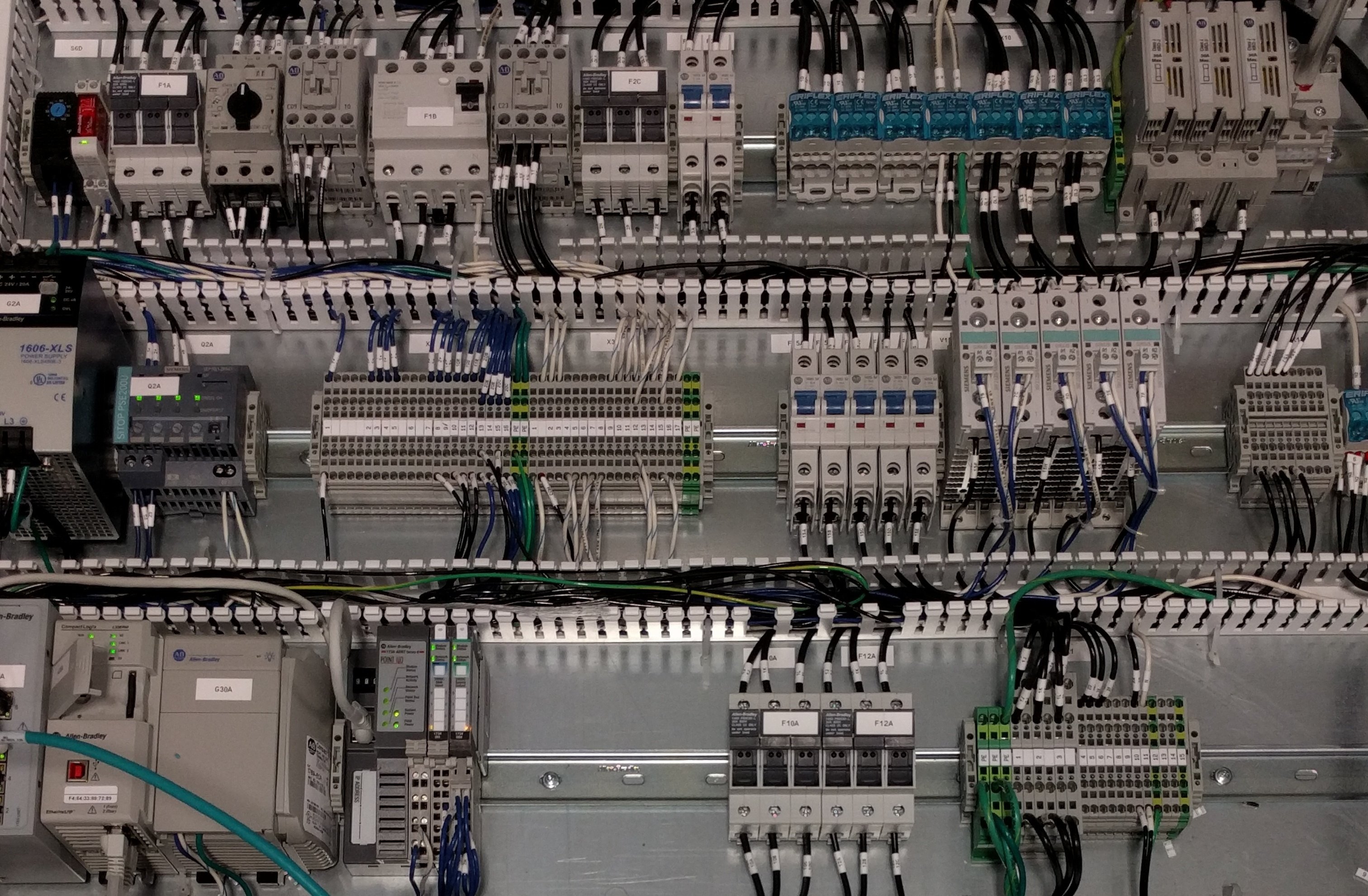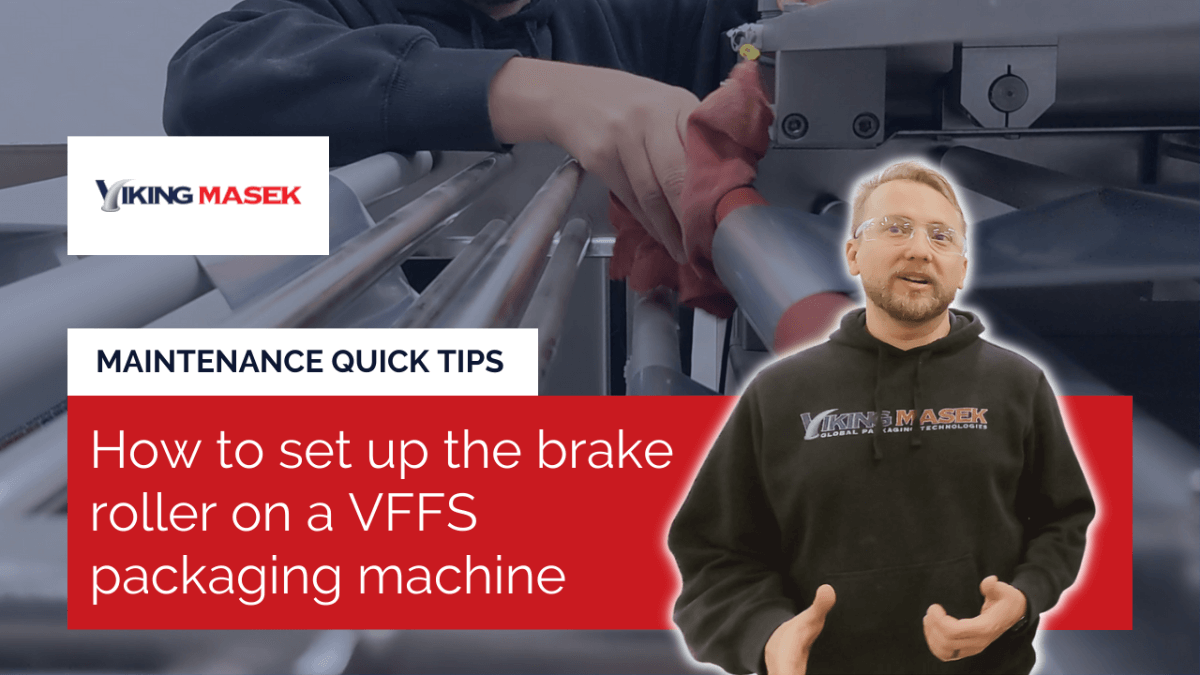How to Prevent Arc Flash in a Packaging Environment
Control Design writes that "arc flashes are the most common electrical incidents" and are "responsible for about 80% of electrical-related injuries." With an increased focus on safety in the workplace, preventing and mitigating the effects of arc flash has become increasingly important in the packaging equipment industry. Today we're taking a deeper look into the risk of arc flash events and what can be done to prevent them when working with packaging machinery.
What is arc flash?
According to OSHA.gov, "simply put, an arc flash is a phenomenon where a flashover of electric current leaves its intended path and travels through the air from one conductor to another, or to ground. The results are often violent and when a human is in close proximity to the arc flash, serious injury and even death can occur."
Arc flash temperatures can reach over 35,000 degrees Fahrenheit, which is hot enough to vaporize copper and will cause severe - if not fatal - burns to inadequately protected parts of the human body. There are also risks stemming from the resulting pressure wave and projectiles, the blast's noise and light, and toxic fumes.
What causes arc flash?
OSHA continues that arc flash can be caused by many things, including:
- Dust
- Dropping tools, which can cause sparks
- Accidental touching
- Condensation and dripping of water
- Insulating material failure
- Corrosion of equipment parts
- Faulty installation
- Over-voltages across narrow gaps
How can packaging machine design prevent arc flash?
Packaging machine manufacturers like Viking Masek are taking steps to design their packaging equipment to prevent arc flash by:
1. Isolating high voltage areas from low voltage areas. On packaging equipment, this means separating the power and control enclosures. This way, when a technician has to work on control circuits of the packaging machine, they will not even get near the high voltage components, minimizing the risk of an accidental electrical event.
2. Fusing. Every electrical device has a short circuit rating, which is the maximum current (amperage) that a component can withstand. If current above the short circuit rating is present in the system, an explosive electrical event like arc flash can occur. To mitigate this, fuses are added that will trip prior to electricity even reaching the system, thus preventing a potentially dangerous short circuit event.

How can packaging machine users address risks of arc flash?
1. Wear appropriate Personal Protective Equipment (PPE). Face shields, long-sleeved shirts and long pants, protective gloves, and insulated tools are recommended at a minimum. According to Bulwark, a producer of flame-resistant clothing (FRC), depending upon the Hazard Risk Category of your equipment, PPE like leather gloves and footwear, fire-resistant clothing, Arc-Rated hard hat and face shield, or entire flame-resistant suits may be recommended. Flame-resistant clothing is designed to limit - but cannot eliminate - burn injuries.
2. Proper training. Require regular safety training for packaging machine operators and technicians, especially when safety requirements are updated by governing bodies. When hiring new equipment personnel, ensure they receive adequate education with regards to safety procedures.
3. Establish safety procedures. Document and communicate safety procedures for packaging machine maintenance, including detailed pictures and instructions. When in doubt, consult your owner's manual. Follow lock out tag out procedures. Require the use of PPE when hazardous conditions apply.





